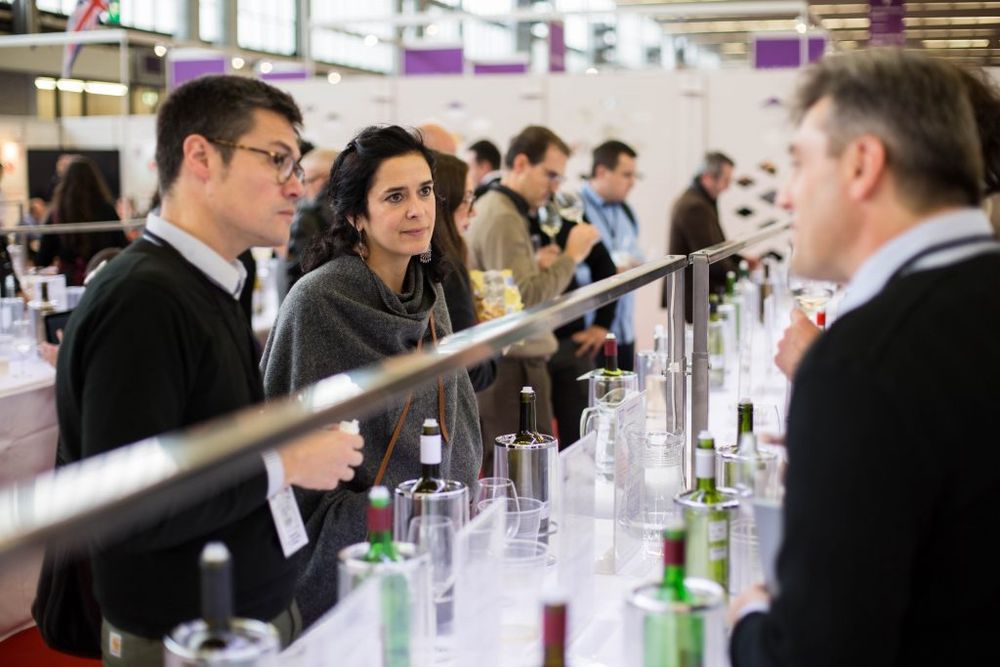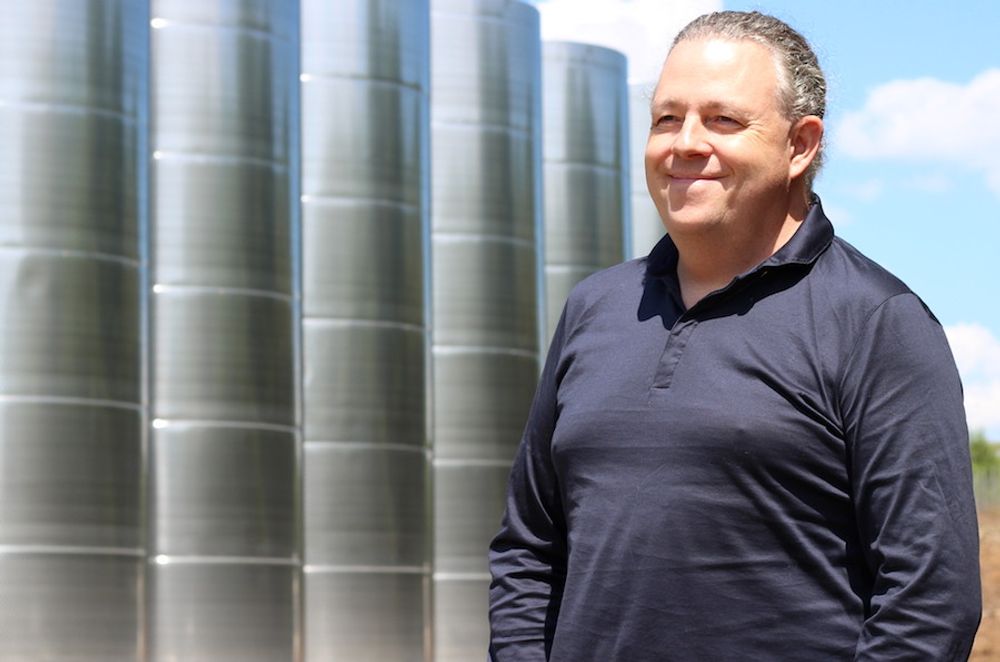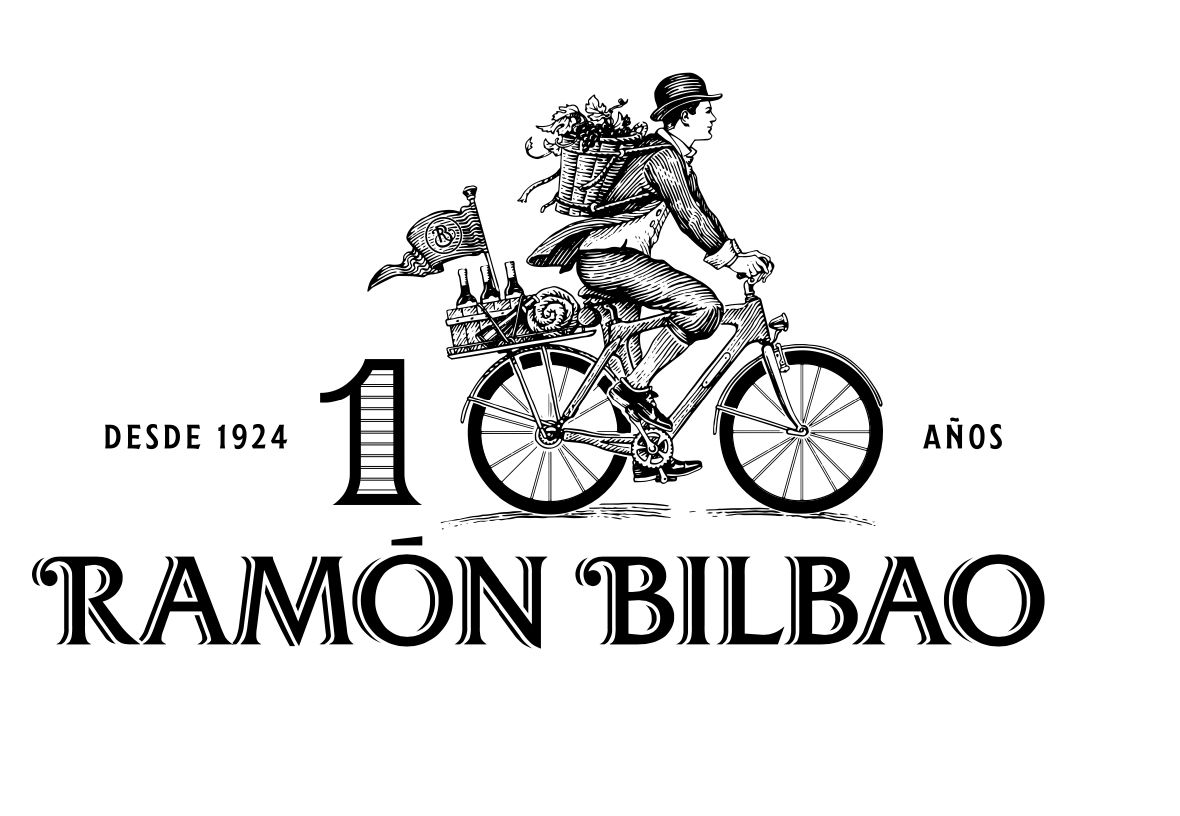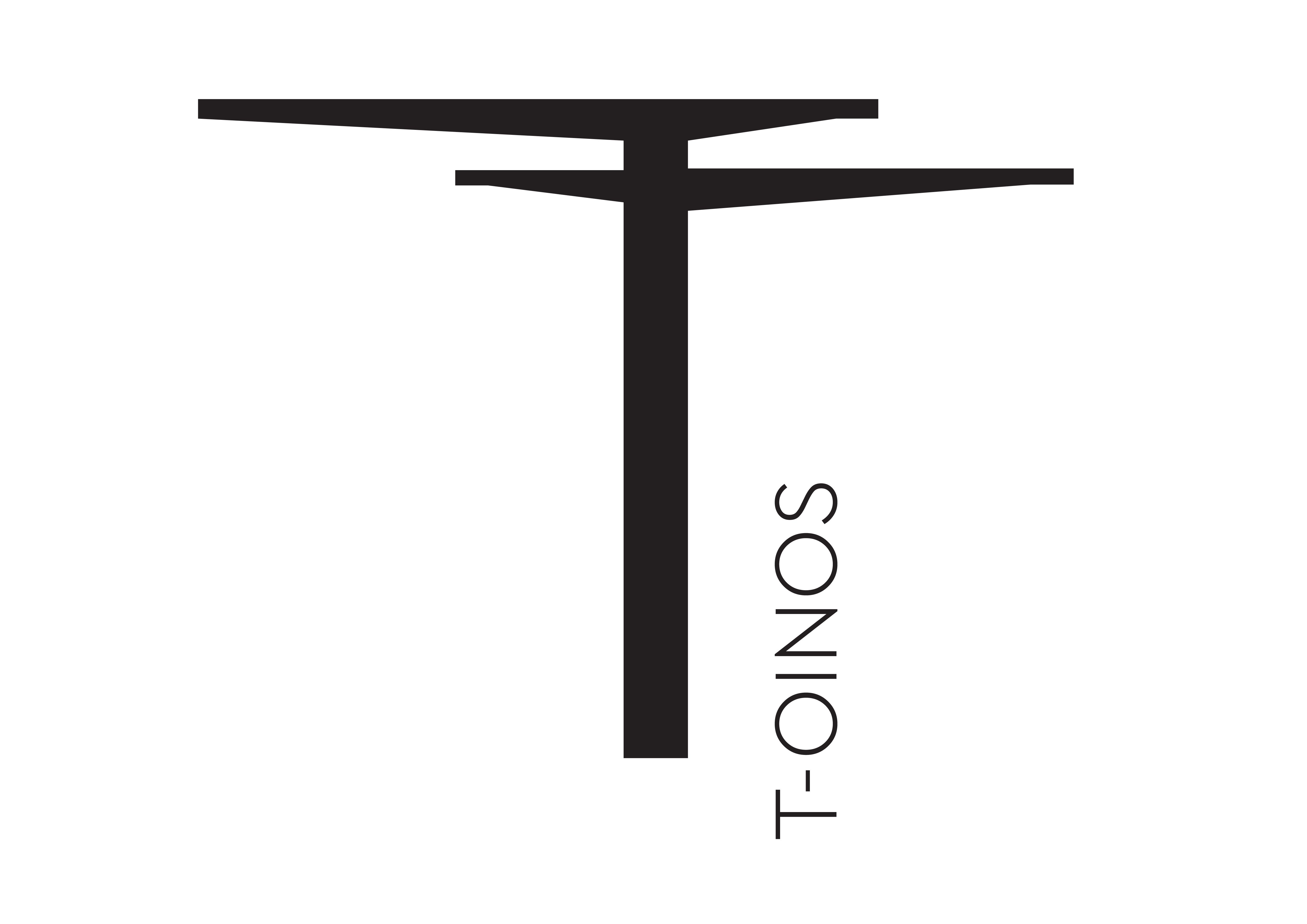Supermarket wine shoppers have got used to drinking wine from all parts of Eastern Europe as major retailers and restaurant pub groups have had to look further afield to plug gaps from the shortages in the 2017 vintage.
Readers of tabloid newspapers in the summer are used to coming across stories that are hardly worthy of “hold the front page” status. As the world of politics and business packs up for lazy summer holidays, journalists and editors suddenly find they have lots of pages to fill and not many ‘hard’ news stories to fill them with.
It’s known in reporting circles as “the silly season” when just about anything becomes potentially news worthy as the next newspaper deadline comes flying around again.
It’s when local heroes become national figures, and minor celebs normally overlooked are suddenly splashed all over the papers.
Which, in all fairness to those involved, is probably why the story that Aldi was to stock its first “orange” or “natural wine” was a lead story across all the famous British tabloids from The Daily Mail to the Sun.

The arrival of a £5 orange wine in Aldi has caused more of a stir than the fact it is has been sourced from Hungary and Cramele Recas
Not that such news was not interesting and it was certainly a brave statement of intent from the German discounter. It’s just rare to find any story about a new wine in the national media. Never mind one as left field as an orange wine.
It’s certainly a major coup for the winery involved. Romania’s largest and arguably most influential, Cramele Recas. It is also another example of how far and quickly a producer with the size and ambition of Cramele Recas has helped take Romanian wine onto a new level when it comes to exports to key markets like the UK and around the world.
Open to new markets
2017 may have be an annus horribilis for so many European and South American producers as harvests were well down across the key sourcing markets of France, Italy, Spain, Chile, Argentina and South Africa. It has meant international buyers have had to look further afield for new suppliers, which has finally opened the door for producers like Cramele Recas and others like it In Romania, Moldova, Bulgaria, Georgia, Slovenia, Macedonia, and beyond to finally make their mark.
Those were the countries that were most in demand and doing business at the World Bulk wine fair in Amsterdam last November when news quickly spread that there was not much to buy elsewhere in the world and much of Australia’s and New Zealand’s spare capacity had been gobbled up too.

International wine buyers at last year’s World Bulk Wine Exhibition turned in their droves to producers from Eastern Europe
The growth and increase in exports from central and Eastern Europe back all this up. Georgia enjoyed the biggest rise in exports for almost 30 years, according to the National Wine Agency of Georgia, with a 54% rise to 76.7 million bottles exported to 53 countries, worth $170 in value, up 49% on 2016.
That included a 43% rise in sale to China (7.5m bottles), 76% to Russia (47m bottles), Ukraine up 46% (8.5m bottles), Latvia up 20% (1.5m bottles) and Poland up 15% (676,440 bottles). Its exports were also up 56% to the US (457, 920 bottles), Germany, 38% (404,538) and France 178% (99,796).
Interestingly Moldova enjoyed a 5.5% increase in volumes, but a 16% jump in value in exports in 2017, on the back of its biggest harvest in four years, with an average bottle price 8.2% more expensive than in 2016(ONVV).
“Foreign markets were prepared to pay more for a high quality product, such as Moldovan Wine,” says Gheorghe Arpentin, director of the National Vine and Wine Office.
Spreading the net
Crucially for a country that was previously so reliant on the Russian and other CIS states for its sales, Moldova has been able diversify to such an extent that Europe and Asia in 2017 now account for 60% of volume of its bottled wine exports, some 54.2m bottles. This includes 46% going to the EU markets, compared to a 32% share to its traditional CIS markets. Its biggest markets now break down as Poland (14%), China (12%), Romania (12%), Russian Federation (12%), Czech Republic (11%), Kazakhstan (7%), Belarus (5%), Canada (4%), Slovakia (3%).

Philip Cox of Cramele Recas says it has enjoyed huge success over the last 12 months
Philip Cox, the charismatic founder of Cramele Recas, says he has had such demand for its wines that is looking to expand its winery by four million litres to take up its production capacity up to 30 million litres.
It is now exporting close to 8 million bottles and in 2017 saw a 124% rise in sales to Germany, 58% in the Netherlands and 18% for the UK, with overall exports having doubled since 2014. That’s not even counting the further rises it has seen in 2018, which could top 10m bottles, on the back of what was its biggest harvest ever in 2017.
He agrees much of that growth has been down to shortages elsewhere. “This situation has caused a bit of an upheaval in the world of wine, together with other longer term things like the trade deals pushing increasing amounts of southern hemisphere wine to the Chinese and other markets outside Europe, and this depriving European markets of long time staple suppliers of value bulk wines.
“Our latest listings I think are all partially helped by buyers being pushed into looking much harder for new sources of great value quality wines. The German market in particular I think is open to our wines now and holds a lot of potential.”
He adds: “Short term it’s all about fitting wines to customer demand in the key markets, be that quality Pinot Noir and Pinot Grigio at ultra competitive price and quality for the UK. Then it’s been around providing a new source of Sauvignon Blanc, Cabernet and rosé for the German market, combined with great innovative packaging and high level customer support and marketing. We are also able to offer modern retakes of local varietals like Feteasca Regala and Feteasca Neagra for the Romanian market.”
He adds: “It’s been good to crack the German market, something which had long been on my list of things to do, and the Netherlands is also growing very strongly, and surprisingly (the UK market is also growing well, much better than we anticipated after the Brexit vote.”

Tesco along with other major UK retailers are increasingly stocking their wine shelves with wines from Eastern Europe to hit price points and the styles of wine its customer like
In the UK it has managed to get new listings recently in Tesco, Morrisons, Spar, Aldi, Corney & Barrow “which are all promising”, as well as build business with its existing clients including Sainsbury’s, Asda, Waitrose, Majestic, Tanners, Adnams, Matthew Clark, Inveraity Morton, Alliance Wine, Jascots, St Austell and Oddbins. “
“They are all doing well and growing well. So at least for the moment the UK is looking very good,” he says.
UK premium supermarket chain, Waitrose, says its sales of Romanian wine are up 17% year-on-year overall, with its own label Blueprint Romanian Pinot Noirup 60% on 2017. “Romanian wine is a real success story and word is definitely getting around about how delicious it is,” says Waitrose’s wine buyer, Victoria Mason, who has great belief in what she see as “super wines that are exceptionally good value”.
Keeping buyers on board
The challenge now is how far they can keep that up. Will those buyers who turned to them to fill gaps due to the short 2017 harvest drop them if crops return to normal in all the key areas of France, Italy and Spain? Particularly as the average size harvest in Chile and Argentina in 2018 have eased tensions a little in the buying world.
The jury is currently out as buyers wait to see what impact the summer heatwave is going to have on yields across Europe and the knock-on impact on prices per varietal and country.
But what Eastern European producers – and its leading stars like Cramele Recas – have been able to prove over the last year is that not only do they have the necessary volumes of wine, but they have the quality and price points that even co-operatives in Spain, France and Italy will struggle to match in a level playing field. Plus labour costs are a lot cheaper too.
After all, the end consumer is usually quite happy to turn a blind eye providing they can still buy their favourite variety at the price they want.
Cox explains: “Most of our wines we sell into western Europe and the US markets are at what I would call fighting varietal prices. So €3 in the countries with moderate tax regimes, £6 in the UK, $7in the US, but we are strongly growing our mid-range segment which would be €6 euro in non-taxed countries, about £9 in the UK, with higher end single vineyard products.”
Many East European producers have also been on a steep learning curve as they have had to meet the demands of exacting supermarket and distributor buyers. But that experience will only make them stronger and more commercially focused to deliver even more what those buyers want.
So do not expect everything to return to normal.
After all if consumers pick up a genuine interest in and demand for orange wine at £5 a bottle then only countries and producers with the scale and market dynamics of Romania and Cramele Recas have the ability to provide.
Silly season or not.
- This is an adapted article from one that was first published on VINEX, the trading site for bulk and bottled wines.









































